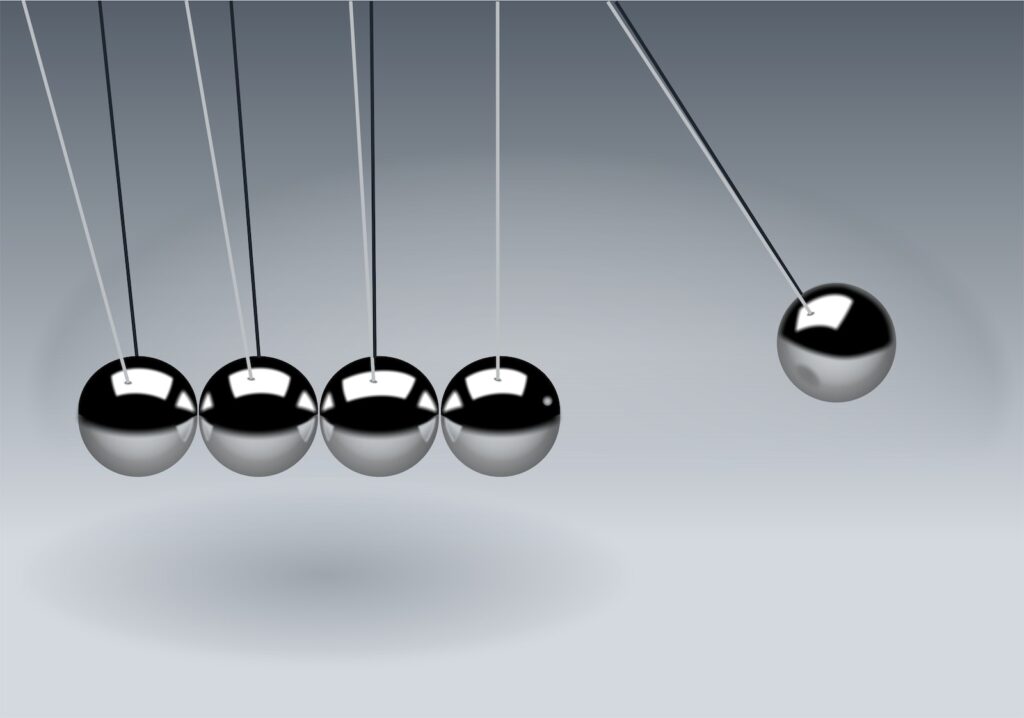Introduction
Snooker is a widely popular cue sport that has enthralled millions of players and spectators worldwide.
On the other hand, string theory is an advanced theoretical framework in physics that aims to describe the fundamental particles and forces of the universe.
At first glance, these two topics seem worlds apart. However, upon closer inspection, a fascinating connection between them emerges.
This article delves into this unexplored territory and uncovers the hidden links between snooker and string theory.
The Geometry of Snooker
To appreciate the connection between snooker and string theory, we must first explore the geometrical aspects of snooker.
The sport is played on a rectangular table with pockets located at each corner and in the middle of the longer sides.
The game’s primary objective is to pocket balls in a specific order while adhering to a set of rules.
Key Geometrical Concepts in Snooker
- Angles: The angles at which the cue ball makes contact with other balls and the cushion are crucial to the game’s strategy. Understanding and controlling angles allows players to predict the outcome of their shots and plan their moves accordingly.
- Triangles: Snooker begins with the balls arranged in a tight equilateral triangle (except for the cue ball and one other ball). This starting formation is an essential part of the game’s structure and strategy.
- Circles: The curved path that balls take as they roll across the table can be described using mathematical concepts related to circles and their properties.
String Theory: A Brief Overview
String theory is a theoretical framework that seeks to unify the seemingly incompatible realms of quantum mechanics and general relativity.
It posits that the fundamental building blocks of the universe are not particles, but rather one-dimensional vibrating strings.

Key Concepts in String Theory
- Vibrating Strings: According to string theory, each particle in the universe is a tiny, vibrating string. The different vibrations of these strings give rise to various particles, such as electrons, quarks, and photons.
- Extra Dimensions: String theory requires the existence of extra dimensions beyond the familiar three dimensions of space and one dimension of time. These dimensions may be compactified, or “curled up,” at incredibly small scales.
- Multiverse: Some versions of string theory suggest the possibility of multiple, parallel universes, or a multiverse, where different regions of space have distinct physical properties.
The Intersection of Snooker and String Theory
So how do these seemingly unrelated fields come together? The answer lies in the geometry.
- Geometry as a Unifying Theme: The geometrical concepts used in snooker to describe angles, triangles, and circles can also be applied to string theory. For example, the extra dimensions required by string theory can be understood as geometric shapes, like circles or higher-dimensional analogs.
- The Importance of Vibrations: In both snooker and string theory, vibrations play a crucial role. In snooker, the vibrations of the cue ball after striking another ball or cushion determine its path. In string theory, the vibrations of one-dimensional strings determine the properties of particles.
- The Exploration of Possibilities: Both snooker and string theory involve the exploration of numerous possibilities. In snooker, players must strategize and anticipate the outcomes of their shots, while string theorists explore various ways to reconcile the conflicting theories of quantum mechanics and general relativity. The exploration of possibilities is a common theme that unites these two fields.
Conclusion
The connection between snooker and string theory may seem far-fetched at first, but a closer examination reveals a remarkable intersection between these seemingly disparate domains.
The unifying factor is geometry, as it plays a critical role in both fields.
Furthermore, the importance of vibrations and the exploration of possibilities serve as additional links between snooker and string theory.
This unexpected connection not only illustrates the power of interdisciplinary thinking but also serves as a reminder that sometimes the most exciting discoveries emerge when we venture into uncharted territory.
Frequently Asked Questions (FAQ)
Q: How are snooker and string theory related?
A: Snooker and string theory are related through their shared emphasis on geometry. Geometrical concepts, such as angles, triangles, and circles, are crucial in both fields.
Additionally, vibrations and the exploration of possibilities are also common themes in both snooker and string theory.
Q: What is snooker?
A: Snooker is a cue sport played on a rectangular table with pockets located at each corner and in the middle of the longer sides.
The primary objective of the game is to pocket balls in a specific order while adhering to a set of rules.
Snooker is a popular sport with a dedicated fan base and professional players worldwide.
Q: What is string theory?
A: String theory is a theoretical framework in physics that seeks to unify quantum mechanics and general relativity.
It posits that the fundamental building blocks of the universe are not particles but one-dimensional vibrating strings.
String theory also requires the existence of extra dimensions beyond the familiar four dimensions of spacetime.
Q: What is the role of geometry in snooker?
A: Geometry is crucial in snooker, as it helps players predict and control the movement of balls on the table.
Key geometrical concepts in snooker include angles, triangles, and circles, which are essential for understanding ball trajectories and developing effective strategies.
Q: What is the role of geometry in string theory?
A: Geometry plays a vital role in string theory, as it helps describe the extra dimensions required by the theory.
These extra dimensions can be understood as geometric shapes, such as circles or higher-dimensional analogs.
Geometry is also important for visualizing and understanding the properties of one-dimensional vibrating strings.

I am a fun fact enthusiast and creator of Facts On Tap.
I love to share my knowledge and curiosity with readers and inspire them to learn something new every day.
When I’m not writing, I enjoy traveling, reading, and playing trivia games with my friends.



